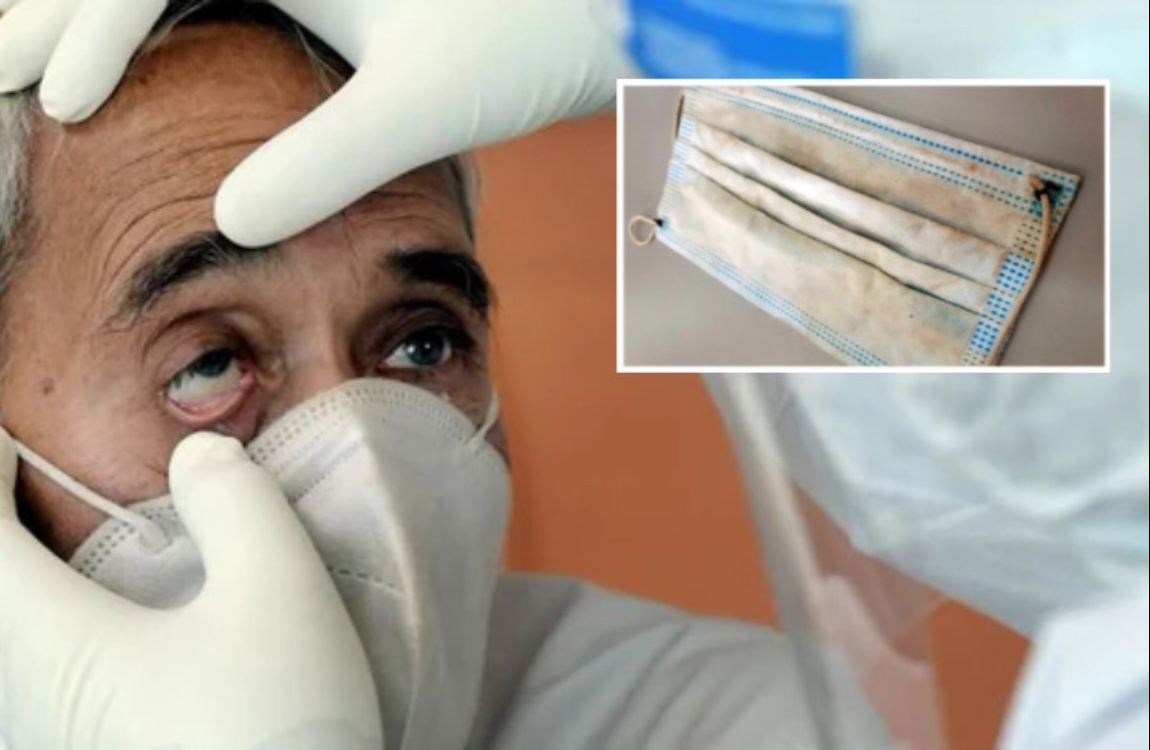The College of Otorhinolaryngologists and Head and Neck surgeons of Sri Lanka (CORLHNS) in a statement said that they wish to express their deep solicitude regarding the potential for the emergence of rhino-cerebral mucormycosis among COVID 19 patients.
Further, the CORLHNS say, that the All India Institute of Medical Sciences had indicated that mucormycosis could surge during the acute illness or the initial weeks following recovery.
The statement further states
“Whilst, the CORLHNS raises awareness we would also like to emphasize that mucormycosisis a disease which has been there in Sri Lanka for decades and there is no evidence of increased incidence of the disease up to now.
The CORLHNS is confident that Sri Lankan ENT surgeons have the necessary skills and experience in managing rhinocerebralmucormycosis with surgery and antifungal therapy.
Mucormycosis is a life-threatening fungal infection occurring in humans, which is caused by the ubiquitous saprophytic fungi of order Mucorales1
The commonest sites of involvement are the nose and paranasal sinuses. The danger of the disease is its invasive nature which could lead to life-threatening complications or severe morbidity including blindness and other neurological complications. A case series in Sri Lanka shows 27% mortality compared to a 49% mortality rate in India.
The reasons for increased risk of mucormycosisamong patients with COVID19 are
1. Pre-existing diseases such as Diabetes mellitus, haematological malignancy, HIV. In a Sri Lankan study, Diabetes mellitus was observed among patients with Sinonasalmucormycosis.
.2. Steroids – Many guidelines recommend the use of steroids in the treatment of COVID 19 infection especially when complicated by pneumonia. Whilst steroids are proven to be effective in improving the cytokine storm in COVID19 they could lead to immunosuppression and secondary infections.
3. Severity of the COVID 19 infection as it suppresses or alters the systemic immune response to secondary infections.
.Hence, the CORLHNS urges to have a high degree of suspicion of mucormycosis among COVID 19 patients with the above risk factors.
How to detect sinonasal mucormycosis early?
1. Headache with nasal obstruction – Especially if it not responding to simple analgesics.
2. Nasal discharge – Brownish or blood-stained. There might be blackish discolouration in the nasal cavities during anterior rhinoscopy/ nasal endoscopy.
3. Fever
4. Facial pain or facial numbness
5. Swelling +/- discolouration of the face/ Periorbital oedema
6. Swelling +/- discolouration of the palate
7. Loosening of teeth.
Please be vigilant for the above clinical features and refer to ENT early as early detection could lead to a reduction in morbidity and mortality.
Diagnosis
1. Contrast CT is preferred but non-contrast CT would also helpful when renal function precludes contrast administration. CT may show sinus opacification, bone destruction and fat stranding outside the sinus. Fat stranding is an important early radiological finding that should be specifically looked for7
.2. Nasal endoscopy (may need sinostomiesunder GA depending on imaging findings)
There can be instances where nasal endoscopy findings are equivocal. In these instances, CT findings guided sinus surgery should be carried out to open involved sinuses and take urgent samples for fungal studies
3. Fungal studies (Microscopy and Fungal culture)
4. Biopsy and histopathological diagnosis.
5. MRI – May show necrotic tissues, fat stranding, helps to assess complications.





